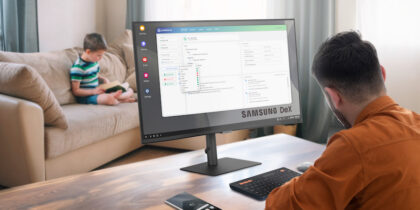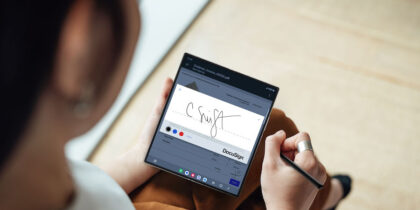With the growing use of telemedicine, remote patient monitoring devices, and other digital healthcare services, it’s become clear companies must address the digital divide in healthcare to increase access and promote patient engagement, especially among underserved and rural populations.
Mobile technology can help bridge this gap, allowing insurers and healthcare providers to deliver patient education and a range of healthcare services that potentially improve care quality — regardless of what patients can afford, where they live, or the level of digital access in their communities.
Healthcare’s great digital divide: Navigating the future of insurance in a digital world
Broadband access and internet usage vary across populations. Approximately 24 million Americans lack access to high-speed internet, most of whom live in rural areas, according to the Federal Communications Commission (FCC). Digital access also varies among age groups. Seniors are less likely to own a smartphone or have a high degree of digital literacy than younger people.
Many people may be unable to afford a smartphone, internet service or both. These digital barriers also create barriers to healthcare access, which became apparent during the pandemic. The shift to telehealth to balance care continuity with COVID-19 restrictions meant some populations couldn’t see a healthcare provider without reliable internet access. Some people also didn’t have a mobile device compatible with their provider’s healthcare portal, which affected when or how often they could get care.

Beyond the pandemic, the digital divide in healthcare could have long-term implications for patients and providers. Without a mobile phone or internet service, patients may not have access to health tracking apps that issue medication reminders or remote monitoring devices that help their doctors better manage their care. They may have limited access to preventive services that improve chronic disease management. They may not see a doctor regularly or have access to educational resources that empower them to make more informed healthcare decisions.
All of these things can widen existing healthcare disparities, especially among populations that already face healthcare access and cost challenges, such as Medicaid members, rural residents and low-income populations.
Insurers can use mobile technology in several ways to address these challenges, advance health equity and better prepare for the future of insurance in a digital world.
Advancing digital healthcare: How insurers can empower patients with mobile technology
Mobile technology can reduce digital healthcare barriers, even in communities without adequate or reliable internet connectivity.
Insurers can provide health plan members with smartphones with preloaded digital health content and a personalized virtual healthcare experience. Patients can use these secure devices for telehealth appointments and access resources about managing their specific condition, such as articles on diabetes care management or heart-healthy meal planning.
Mobile devices can also help streamline communication between patients, healthcare providers, and their larger clinical teams, facilitating better care coordination. For example, Medicaid members can use these devices to access a support line and ask their Medicaid team questions about their coverage and care needs. For rural residents where broadband access is often inconsistent, preloaded mobile devices with unlimited talk, text and data capabilities allow them to get care when they need it in a manner that works best for them — whether it’s a virtual appointment, calling a support line or accessing health information that deepens engagement in their care.
There are also solutions available that can help insurers and their members minimize or eliminate monthly recurring costs. Some mobile devices offer unlimited talk, text and data plans, meaning that in certain cases, these expenses don’t have to be a regular monthly burden. For example, Lifeline Support, along with other government and non-profit programs, offers customers a way to lower the monthly cost of wireless services.
However, insurers shouldn’t focus on mobile devices alone as they try to close the digital divide. They need to be mindful of the end-to-end digital experience. That means their websites and digital health solutions should also be mobile-optimized and compatible with different mobile operating systems so that health plan members can access these solutions without technical difficulties.
Limited digital access shouldn’t affect healthcare quality. With mobile technology, insurers can bridge the digital divide in healthcare, provide a better member experience, and deliver more inclusive, impactful and high-quality care.
Learn how Samsung solutions help insurers bring the digital divide and deliver a better customer experience. And sign up for our newsletter, INSIGHTS: Banking & Insurance, a monthly update on banking trends and technology’s role in the financial services industry.








